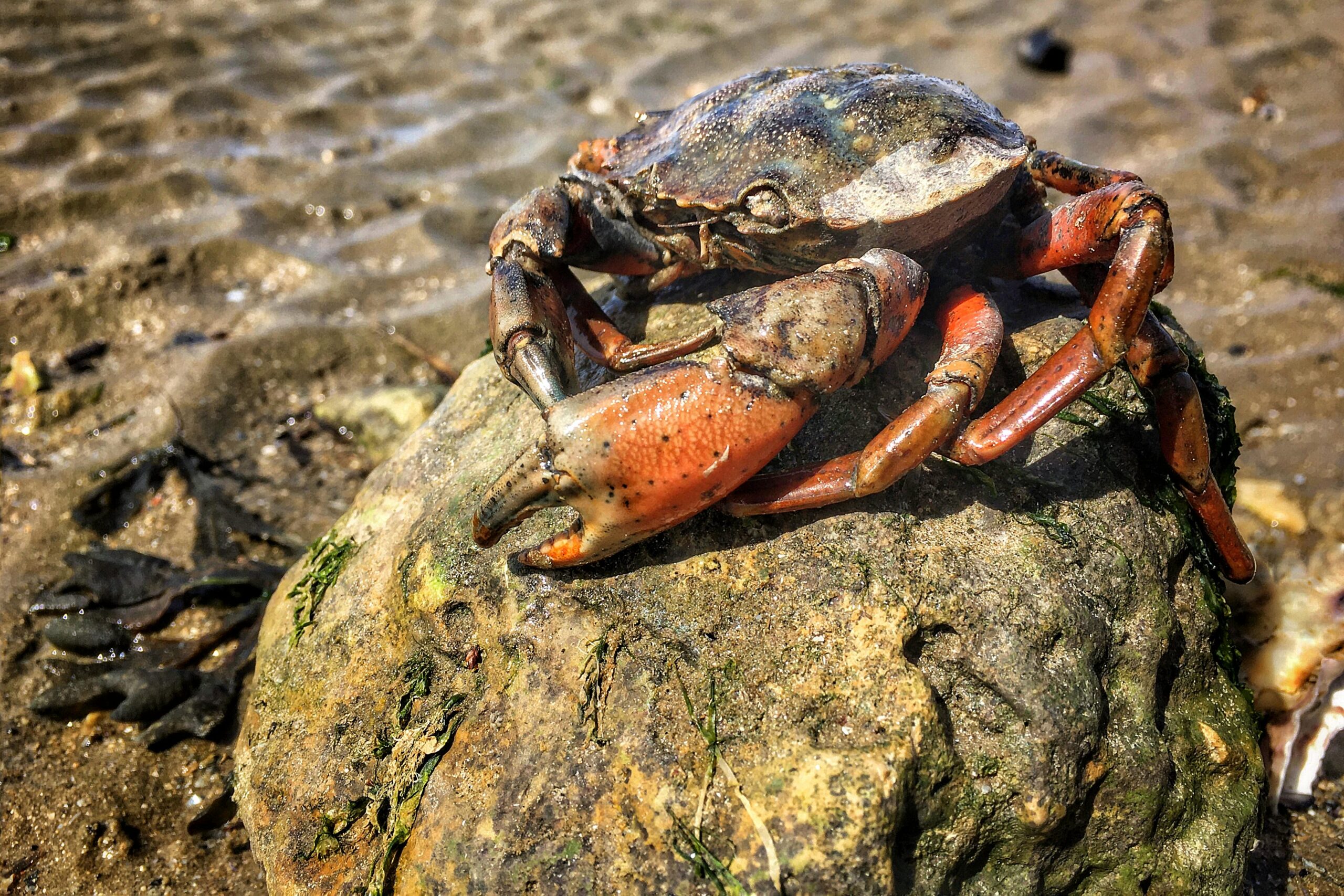Rome’s ancient ruins are not just about human history they are also home to Italy’s only native freshwater crabs. These small crabs, called Potamon fluviatile, have lived in Rome’s waterways for thousands of years, surviving alongside emperors, gladiators, and today’s tourists. What’s truly interesting about them is not just how long they have been around, it is the story of their evolution, hidden in their ancient DNA.
A Connection to ancient Times
Rome’s freshwater crabs are nearly as old as the city, with a history that goes back thousands of years. They’ve seen empires rise and fall, landscapes change, and the Tiber River shift over time. But how have they survived for so long in such a changing world? The secret is in their DNA.
Ancient DNA acts like a historical record, saving the genetic code of species over many generations. By studying the DNA of Rome’s freshwater crabs, we can learn about their evolutionary story. i.e. their adaptation to tough situations
The crabs’ variety of genes has helped them survive. A diverse gene pool lets a species adapt to new challenges, like predators or diseases. By studying their DNA, researchers can learn how genetic diversity helps species survive over time.
Evolution in Action; crabs as model species
Rome’s freshwater crabs aren’t just interesting they’re a great example of evolution at work. Their ability to adapt to city life makes them a perfect case study for scientists studying how species cope with human changes. As cities grow, many species must adapt or disappear. Rome’s crabs show how some can not only survive but thrive in urban environments.
By learning how these crabs have lasted so long, conservationists can use this knowledge to help protect other endangered species. Their story highlights the importance of saving biodiversity, even in surprising places. In a city famous for its ancient ruins, Rome’s freshwater crabs are a living symbol of nature’s strength. Their story is about strength, adaptation, and survival written in their DNA and shaped by evolution.
I would say about Rome’s ruins, take a moment to notice these small, tough crabs. They might not be as famous as the Colosseum or the Pantheon, but they’re just as much a part of Rome’s story. Who knows? Their ancient DNA could help us understand how life adapts and evolves over time.

